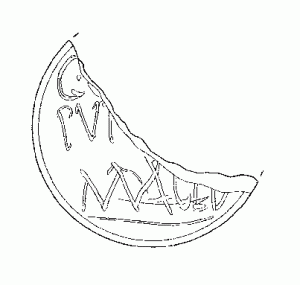A Standard for Pottery Studies in Archaeology
Has now been published, click here to download a pdf copy.
This document was compiled by the three period-specific pottery study groups (PCRG, SGRP, MPRG) grant aided by Historic England with the aim of creating the first, comprehensive, inclusive standard for working with pottery from archaeological excavations. The Standard is intended for use in all types of archaeological project, including those run by community groups, professional contractors and research institutions.
The Standard covers the various stages of an archaeological project from planning and data collection through to report writing and archiving, with the intention of informing not only pottery specialists but also those who manage and monitor projects.






